Comments / Questions (31)
![]() Vickie wrote:
Vickie wrote:
I don’t understand the sleeve, how many cm do you knit after the 6 bind off before you start the sleeve cap bind offs?
28.08.2025 - 16:56DROPS Design answered:
Dear Vickie, the sleeve bind off marks the start of the sleeve cap; you start working back and forth. You continue straight into the sleeve cap bind offs, not working extra cm in between them. Happy knitting!
31.08.2025 - 22:29
![]() Marie-Louise Van Ingelgem wrote:
Marie-Louise Van Ingelgem wrote:
Patroon
22.02.2025 - 18:58
![]() GAZEL Fabienne wrote:
GAZEL Fabienne wrote:
Puis-je avoir le texte en français s’il vous plaît ?
09.08.2024 - 10:12DROPS Design answered:
Bonjour Mme Gazel, cliquez sur le menu déroulant juste à côté de l'icône de l'imprimante pour chacun de nos modèles pour basculer les explications en français, par ex. ici pour celui-ci. Bon tricot!
09.08.2024 - 15:17
![]() Thuy wrote:
Thuy wrote:
Thanks for sharring. It's so beautiful
18.06.2024 - 10:41
![]() Trudi wrote:
Trudi wrote:
Heeft u dit patroon ook in XXL?
04.05.2024 - 17:10DROPS Design answered:
Dag Trudi,
Nee, helaas zijn de oudere patronen alleen in deze maten beschikbaar. Hopelijk kun je een vestje vinden in jouw maat bij de meer nieuwere patronen.
05.05.2024 - 11:24
![]() Patricia Colichet wrote:
Patricia Colichet wrote:
Je vous signale juste que pour les manches il faut un nombre impair de mailles donc 73- 73 - 85. Sinon c'est compliqué de faire le premier diagramme.
01.04.2024 - 23:30DROPS Design answered:
Bonjour Mme Colichet, les manches se tricotent en rond ainsi: montez 72-72-84 mailles et tricotez 6-6-7 fois les 12 mailles du diagramme (6-6-7 x 12 = 72-72-84 m). Bon tricot!
03.04.2024 - 13:35
![]() Susanne wrote:
Susanne wrote:
Der Maschenanschlag passt nicht mit dem Muster überein. M1 geht über 12 Maschen, wiederhole ich es 17x sind das 204 Maschen. Dazu an jeder Seite 5 Maschen im Perlmuster = 214 und nicht 215. Wo ist mein Denkfehler?
16.04.2023 - 12:35DROPS Design answered:
Liebe Susanne, am Ende der Reihe, vor den 5 Blenden-Maschen stricken Sie die 1. Masche M.1, so wird das Muster symmetrisch sein, dh so: 5 Blenden-Maschen, die 12 M in M.1 insgesamt 17 Mal wiederholen, die erste Masche M.1 stricken und mit 5 Blenden-Maschen enden; Viel Spaß beim stricken!
17.04.2023 - 09:35
![]() Mercedes Álvarez wrote:
Mercedes Álvarez wrote:
Para la manga : aumentar 2 puntos bajo la manga ? Que quiere decir ? Donde tengo que aumentar ? Un punto a cada lado ? O en el centro ?
30.03.2022 - 14:55DROPS Design answered:
Hola Mercedes, es disminuir 2 puntos bajo la manga. Como hacerlo mira TIP PARA LAS DISMINUCIONES (para las mangas). Saludos!
31.03.2022 - 09:26
![]() Isabel Fernández Vicioso wrote:
Isabel Fernández Vicioso wrote:
He realizado una talla mas de la que viene en las instrucciones y ha quedado genial!!!, PRECIOSO!!!
20.10.2021 - 14:18
![]() Lilly wrote:
Lilly wrote:
Jag har 300 g Cotton Viscose kvar (har förstått att garnet utgått). Jag tänkte sticka denna i strl S. Tror ni garnmängden räcker om jag kortar ned ärmarna något?
23.03.2020 - 12:36DROPS Design answered:
Hej Lilly, Du kan ju sticka ärmarna uppifrån och ner, så ser du hur långa du kan få dom :)
25.03.2020 - 08:00
Always There |
|||||||||||||
|
|
|||||||||||||
DROPS Cardigan with hole pattern in Cotton Viscose.
DROPS 65-18 |
|||||||||||||
|
Gauge: 24 sts x 32 rows on needles size 3 and stockinette st = 10 x 10 cm [4" x 4"]. Seed stitch (on an even number of sts): Row 1: * K 1, P 1 * Row 2: * P 1, K 1 * repeat these two rows. Seed stitch (on an odd number of sts): All rows: K 1, *P 1, K 1* Pattern: See chart, one chart = 1 repeat. The pattern is shown from the right side. Buttonholes: 1 buttonhole = bind off the 3rd and 4th edge sts from the center front, cast on 2 new sts over the bound-off sts on the next row. Bind off for buttonholes when the work measures: 3-4-5 cm, 9-10-11 cm, 15-16-17 cm, 21-22-23 cm, 27-28-29 cm and 33-34-35 cm. Tip for binding off: All binding off for the neck takes place from the right side. Bind off as follows before 5 edge sts: K 2 tog, Bind off as follows after 5 edge sts: lift 1 st off the needles, K 1, pull the lifted st over. BODY Knit the cardigan back and forth on circular needles from the center front. Cast on 215-227-251 sts (including 5 edge sts at each side at the center front) on circular needles size 4 with beige. Knit Pattern 1 - with 5 sts of moss-st at each side at the center front = front edge. Knit buttonholes along the right front edge - see above. After Pattern 1, switch to circular needles size 3 and at the same time inc 12-12-12 sts evenly distributed on the 1st row = 227-239-263 sts. Knit Pattern 3, and then knit the rest with Pattern 4. When the work measures 29-30-31 cm, knit the next row as follows: 55-58-64 sts front, bind off 6 sts for armhole, 105-111-123 sts back, bind off 6 sts for armhole, 55-58-64 sts front. Knit the rest of each part separately. Right Front: = 55-58-64 sts. Now bind off for armholes every other row: 2 sts 3-4-5 times, 1 st 3-3-5 times = 46-47-49 sts. At the same time, when the work measures 33-34-35 cm, bind off for the neck inside 5 edge sts every other row - see Tip for binding off: 1 st 19-20-20 times = 27-27-29 sts remain on the shoulder. Bind off when the work measures 48-50-52 cm. Left Front: Knit like the right but reversed - see Tip for binding off at the neck edge! Back: = 105-111-123 sts. Bind off for armholes as on the front = 87-89-93 sts. When the work measures 45-47-49 cm, knit 5 rows of moss-st over the center 41-43-43 sts (the remaining sts are knitted into the pattern). On the next row, bind off the center 31-33-33 sts for the neck - knit the remaining outermost 5 sts at the neck in moss-st. Then bind off 1 st on the next row for the neck inside these 5 edge sts - see Tip for binding off! = 27-27-29 sts remain on each shoulder. Bind off when the work measures 48-50-52 cm. SLEEVE Cast on 72-72-84 sts on double pointed needles size 4 with beige. Switch to double pointed needles size 3 and knit Pattern 2, Pattern 3, and then knit the rest with Pattern 4. At the same time, after Pattern 2, inc 2 sts directly under the sleeve 4-6-3 times every 9th-6th-11th row = 80-84-90 sts. When the work measures 15-15-14 cm, bind off 6-6-6 sts directly under the sleeve and knit the rest back and forth on the needles. Then bind off at each side for sleeve cap every other row: 3 sts 1-1-1 time, 2 sts 3-3-3 times, 1 st 8-10-11 times, 2 sts 3-3-3 times, 3 sts 1-1-1 time. Bind off; the work now measures approx. 25-26-26 cm. ASSEMBLY Sew the shoulder seams. Sew in the sleeves. Sew on the buttons. |
|||||||||||||
Diagram explanations |
|||||||||||||
|
|||||||||||||
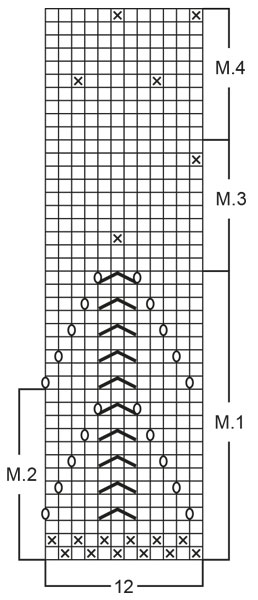 |
|||||||||||||
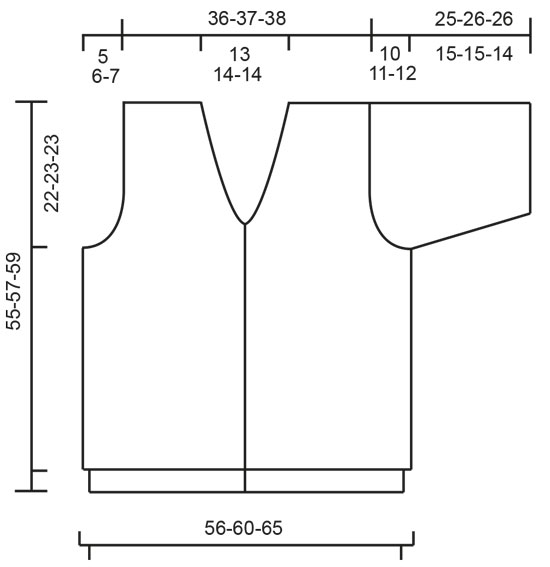 |
|||||||||||||
Have you finished this pattern?Tag your pictures with #dropspattern or submit them to the #dropsfan gallery. Do you need help with this pattern?You'll find 22 tutorial videos, a Comments/Questions area and more by visiting the pattern on garnstudio.com. © 1982-2025 DROPS Design A/S. We reserve all rights. This document, including all its sub-sections, has copyrights. Read more about what you can do with our patterns at the bottom of each pattern on our site. |
|||||||||||||










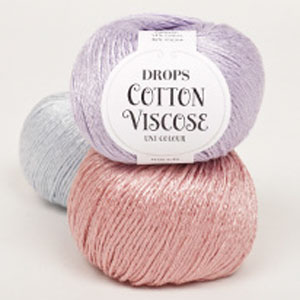













































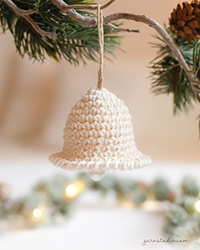
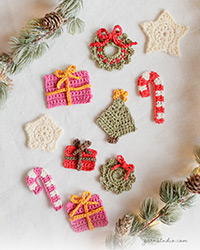
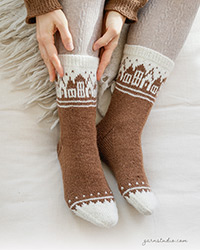

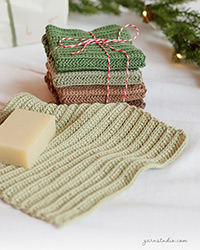

Post a comment to pattern DROPS 65-18
We would love to hear what you have to say about this pattern!
If you want to leave a question, please make sure you select the correct category in the form below, to speed up the answering process. Required fields are marked *.